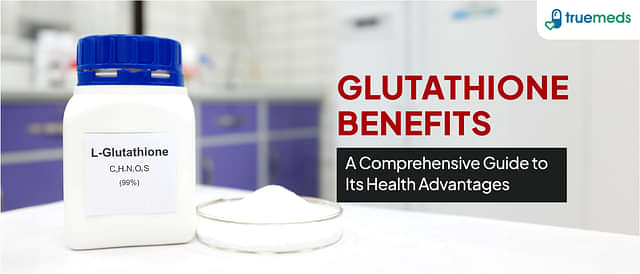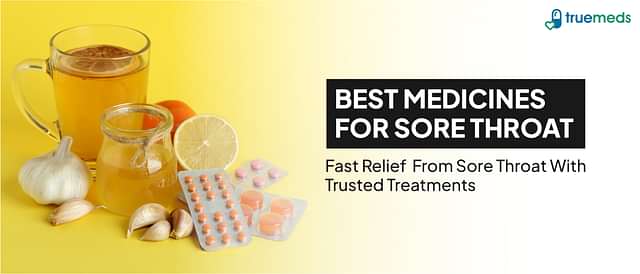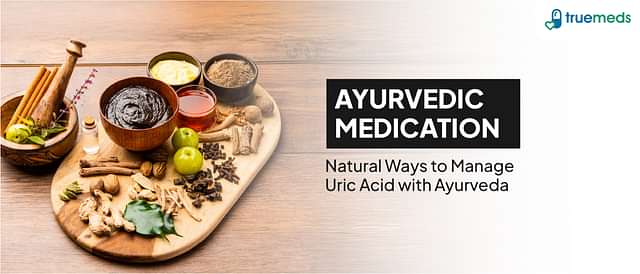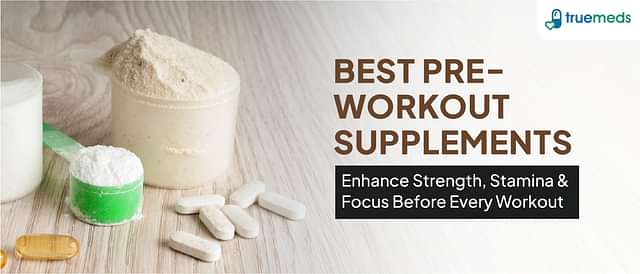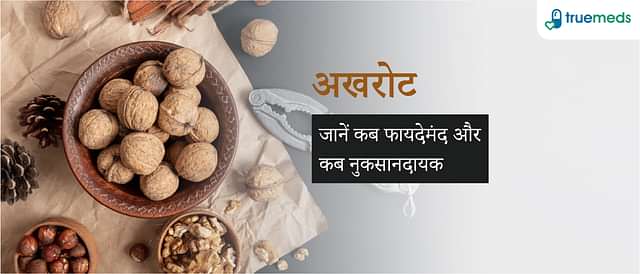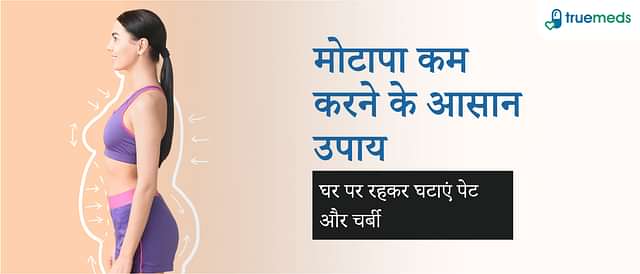Overactive bladder causes and treatment
Last updated on : 18 Mar, 2024
Read time : 8 min
What is an overactive bladder (OAB)?
A person urinating more than 7 to 8 times during the day and more than 2 to 3 times at night is abnormal. This abnormality is a characteristic feature of an overactive bladder. OAB leads to a distorted routine, which ultimately results in stress.
Abnormal Physiology of Urine in OAB
Physiologically, urine is stored inside the bladder, and the nerve supply tells the bladder muscle to push the urine out when it is full. When the bladder nerves receive the signal, other nerves in the urethra and the tube from the bladder also receive a trigger and open to let the urine out. But, when there is a mix-up of actions, i.e., urinating before the bladder is full, it is called OAB.
Impact of OAB on lifestyle
- OAB is a stressful and common disorder, partially because people shun revealing it and feel it’s a shame.
- The people who face this situation should overcome this unnecessary feeling. They should act wisely with good judgement and seek the appropriate treatment from their health care provider.
- Urinary incontinence due to stress is a common symptom of an overactive bladder problem.
Living with OAB means:
Urine leakage occurs when there is an unexpected urge to pee (pass urine). Please remember that this is not the same as “SUIC.”
Frequent urination is another feature; as said earlier, urinating more than eight times during the day is considered frequent.
Nocturia is when a person pees more than 2 to 3 times during the night. It’s a common symptom of OAB.
Overactive bladder symptoms
Urgent urination
The key symptom of an overactive bladder is a spontaneous and intense urge to pass urine. This symptom usually results in a leaky or non-leaky situation. This urgency creates a fear-like situation for an individual suffering from an overactive bladder.
Overactive bladder causes
The condition of the bladder’s detrusor muscle is the defining feature of an overactive bladder disorder. Common conditions include
- Abdominal trauma: An abdominal trauma-like condition is common during pregnancy and childbirth. This often causes the weakening of the pelvic muscles. Weakening of the pelvic muscle leads to the bladder sagging, hence OAB.
- Nerve disorder: Some diseases and trauma-like conditions lead to nerve harm. The common diseases that cause nerve disorders are herniated discs, Parkinson’s disease, stroke, radiation therapy, etc.
- Alcohol, caffeine, and medication: All the aforementioned substances can result in OAB. These substances will dull the nerves, affecting the brain’s signals. Caffeine and medicines like diuretics lead to quick filling of the bladder and cause leaks.
- Urinary tract infection: Infections such as UTI are another common cause of OAB; UTI causes irritation of the bladder nerves, resulting in untimely urine leakage.
- Overweight conditions lead to incontinence.
Overactive bladder diagnosis
The overactive bladder diagnosis starts with an examination of the patient. If required, they are directed to a urologist specialising in OAB.
History with OAB
Typically, the doctor will begin the examination by asking questions about the symptoms you describe. For example, how long have you had the symptoms, do you have any other health issues, what medications have you previously taken, how does this condition affect your lifestyle, and so on?
Physical examination:
Physical examination of affected parts like the abdomen, pelvic organs, rectum region, etc.
Maintaining a bladder diary:
The diary notes will help the doctor or health care expert understand the disease symptoms in a better way. The details to be listed in the diary are the frequency of urination, leaking frequency, amount of urine passed, etc. The whole purpose of maintaining a “bladder diary” is to give good treatment.
Other diagnostic tests:
1) Urine test:
In a urine test, a urine sample is collected to check for any infection in the urine. It is like a regular analysis of urine.
2) Bladder scan:
This ultrasound scan is done to check the bladder and see how much urine is left inside the bladder.
Read more– Bladder cancer
3) Uroflowmetry:
This method measures the speed and volume of urine. It is done by asking the patient to pass urine into a device.
4) Cystometry:
This method helps detect the overactivity of a nerve. Cystometry is done to measure the pressure in the bladder and surrounding regions when the urine is filling the bladder.
5) Post-void residual volume:
This test determines if the bladder is completely empty after urination. As the left-over urine in the bladder will cause the same problems as an overactive bladder.
A doctor will order the above-mentioned tests to diagnose and eliminate the unnecessary cause from the actual reason or cause of OAB
Management and Treatment
Management and treatments include incorporating behavioural changes, medications, and nerve stimulations or modulations.
- Keeping a bladder diary: This aids in determining the cause of OAB.
- Diet alterations: control or decrease the intake of foods that lead to bladder disorders. Substances like tea, coffee, cold drinks, tomatoes and tomato-based products, acidic and spicy foods, chocolate, etc., should be controlled or stopped as per the severity of the disorder.
- Constipation increases the pressure in the bladder. This will alter the bladder function, and keeping a healthy bowel will keep constipation at bay. A higher fibre, water intake, and regular exercise are all beneficial in maintaining a healthy bowel.
- Stop tobacco-based products: Tobacco products irritate the bladder muscle. Hence, OAB.
- Overweight people tend to put pressure on the bladder. This often leads to bladder control issues. Hence, OAB.
- The bladder muscle does not function in its usual and normal way during OAB. Hence, retraining bladder muscles is the right way to get back to normal functioning, which usually results in better peeing habits.
Overactive bladder medications
The medicines used in OAB work by relaxing the bladder. The treatment typically includes
- Prescription drugs
- Bladder Botox treatments
- Nerve stimulation therapy (both peripheral and central)
- Surgery
- Prescription medications primarily consist of anti-muscarinic and beta-3 agonists. These drugs stop working the bladder from passing urine until and unless it is full.
- Oxybutynin, a drug to treat OAB, is available on True Meds in 2.5 and 5 mg dosages.
- Bladder Botox treatment is considered when oral medications are insufficient to control the condition. It works by helping the bladder not squeeze too much. Botox (a botulinum toxin) is injected into the bladder by a doctor through a cystoscope.
- Nerve stimulation therapy, also called “nerve modulation therapy,” is indicated when there is an issue with nerve supply. The communication between the brain and bladder muscle is improper; the communication is impaired.
This impaired communication leads to OAB. The treatment includes sending the electrical pulses to the nerve correctly. The electrical pulses to the brain and nerves to the bladder communicate, so the bladder can function normally, thereby improving OAB.
Surgery is used only in severe conditions. And it is a rare type of treatment.
Preventive measures:
- Maintaining a healthy weight
- Regular exercise
- Limit caffeine and alcohol.
- Quit smoking
- Good management of conditions like diabetes will reduce the risk of OAB.
- Perform pelvic floor exercises regularly. These exercises are called Kegel exercises.
Conclusion
OAB is a symptomatic disorder. Managing rather than going for a cure for the overactive bladder will be a great step towards treating this disease. Other lifestyle changes will be handy and beneficial ways to tackle OAB. Although it is safe for most of the population, please consult your healthcare professional before using it. Avail teleconsultation from our expert doctors on our online pharmacy when you place an order for medicines, or you can also download our Truemeds app to do the same. Get branded as well as generic medicines by uploading your prescription on Truemeds. When placing an order for medicines online, you may save more money by selecting alternative or generic medicine advised by Truemed’s expert doctors. And also, save up to 72% on your purchase and get free home delivery pan India.
Disclaimer- Truemeds’ sole intention is to ensure that customers have access to information which is accurate & trustworthy. However, the information here should not be used directly and it cannot act as a substitute for the advice of a doctor. The information provided is only to stay informed. The information on side effects, drug interactions or warnings, and alerts are not exhaustive. Please consult your doctor for the right advice on diseases & medication information.
Disclaimer
Our healthcare experts have carefully reviewed and compiled the information presented here to ensure accuracy and trustworthiness. It is important to note that this information serves as a general overview of the topic and is for informational purposes only. It is not intended to diagnose, prevent, or cure any health problem. This page does not establish a doctor-patient relationship, nor does it replace the advice or consultation of a registered medical practitioner. We recommend seeking guidance from your registered medical practitioner for any questions or concerns regarding your medical condition.
Popular Articles
Recommended Articles
Recent Articles
Top-Selling Medicines:
...View more
Top-Selling OTC:
...View more
Company
About UsHealth ArticleHealth StoriesDiseases & Health ConditionsAll MedicinesAll BrandsNeed HelpFAQSubscribe
Registered Office Address
Grievance Officer
Download Truemeds

Contact Us
Our customer representative team is available 7 days a week from 9 am - 9 pm.
v3.7.8
Our Payment Partners
















































